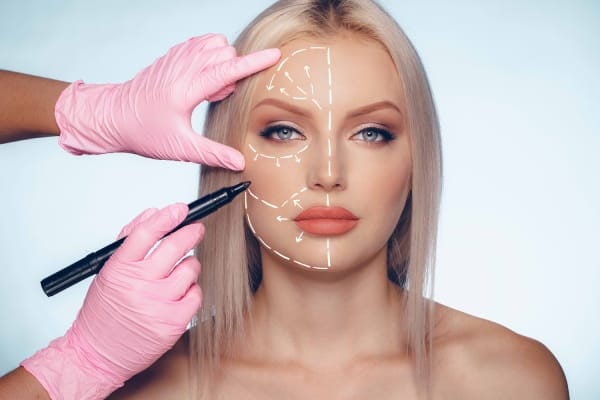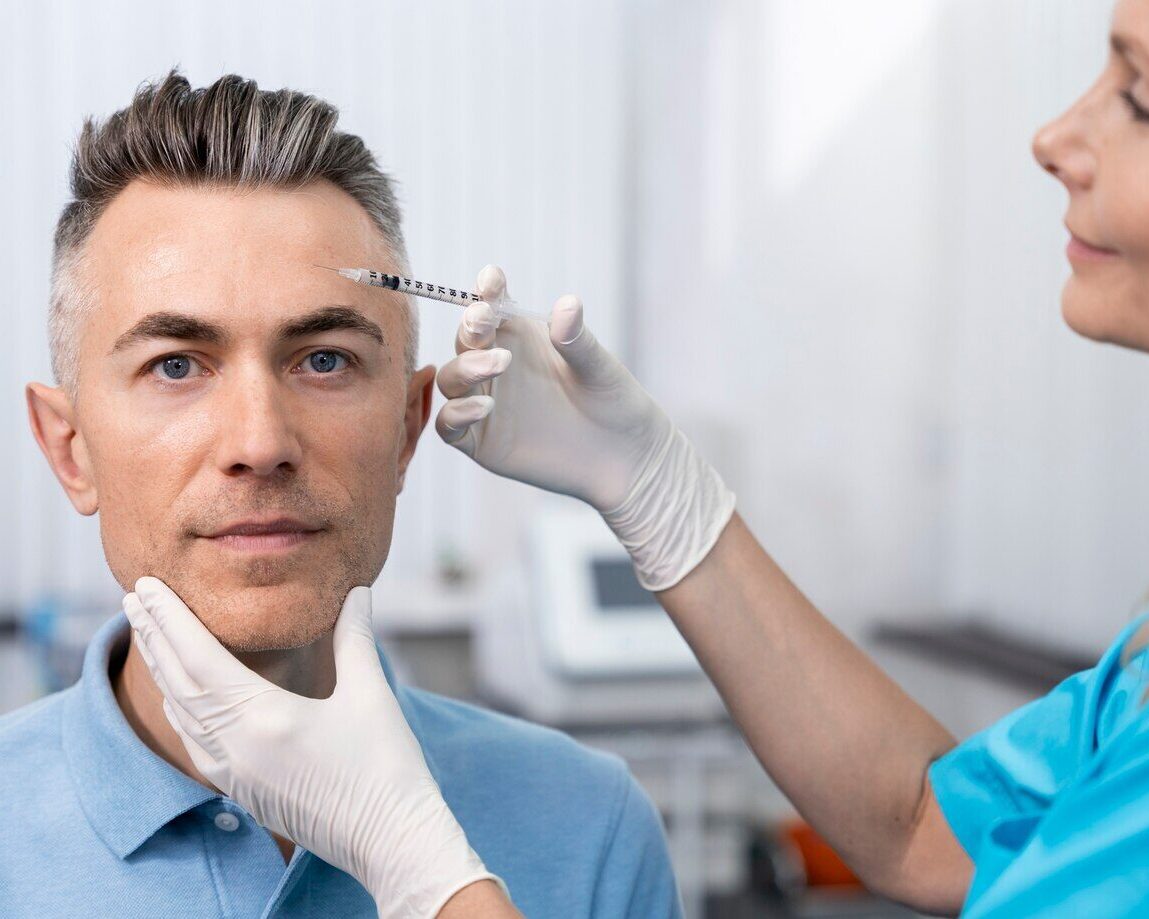
What is Plastic Surgery?
Plastic surgery is a surgical specialty that involves the restoration, reconstruction, and alteration of body parts. It restores the functioning of a specific organ and also improves its appearance. It can involve surgery on any body part, including-
- Skin disorders, such as skin cancer, scars, burns, birthmarks, tattoo removal, etc.
- Maxillofacial, i.e., correcting deformities of the face, jaw, and/or mouth, such as cleft lip repair,
- Congenital anomalies, such as earlobe deformity, cleft lip, blepharoptosis, etc.
Many people mistake plastic surgery for cosmetic surgery, but both have a key difference. Cosmetic surgery is the sub-specialty of plastic surgery. Cosmetic surgery is carried out primarily to change a person’s appearance according to their wishes. Unlike this, plastic surgery is carried out to restore the organ, tissue, or skin’s function as close to normal as possible, with or without improving the aesthetics.
Different Types of Plastic Surgery
Skin disease, neoplasm, or trauma surgery
Maxillofacial Surgeries
Breast Surgery
Abdomen
Hand & Extremities Surgery
Reconstructive Microsurgery
Genitalia Reconstruction
Cosmetic Surgery
Skin Surgery
Techniques Used for Plastic Surgery
Endoscopic Surgery
This technique is relatively new in the field of cosmetic and reconstructive surgeries. An endoscope (a tubular probe with a tiny camera and light) is inserted into the body through a tiny incision.
Flap Surgery
This technique used for plastic surgery involves moving healthy and live tissues from one body part to the other. It is commonly used to treat the areas where the individual has lost skin, fat, muscle movement, and/or skeletal support.
Laser Technique
The laser technique is very beneficial as it reduces bleeding, bruising, and scarring. One of the most common examples of utilization of the laser technique is laser liposuction.
Skin Grafting Technique
This method involves removing healthy skin tissues in the form of grafts and placing them over the skin that has been damaged or removed. Most commonly, a split-thickness graft and a full-thickness graft are used in this technique.
Tissue Expansion
This technique involves the insertion of a balloon-like device (expander) under the skin. Then the liquid is filled inside the expander. It stretches and expands the skin over time and repairs the lost and damaged skin.
Skin Surgery
There are various types of plastic surgeries available to address skin concerns. These surgeries include dermabrasion, tattoo removal, skin resurfacing, chemical peel, etc.
New Test
New TEst
Benefits of Plastic Surgery
The benefits of plastic surgery, reconstructive or cosmetic, certainly outweigh the risks associated with it.
-
Improved Physical Appearance: The most obvious benefit is enhancing or altering physical features to achieve a more desirable look, boosting confidence and self-esteem.
-
Enhanced Self-Esteem: Correcting insecurities about physical appearance often leads to greater self-confidence, improving social interactions and personal happiness.
-
Correction of Physical Imperfections: Plastic surgery can correct congenital deformities (e.g., cleft lip, craniofacial anomalies), trauma damage (e.g., burn scars), or conditions caused by aging, pregnancy, or weight loss.
-
Psychological Benefits: By addressing aesthetic concerns, plastic surgery may reduce anxiety and improve mental health, allowing individuals to feel more comfortable in their own skin.
-
Reconstructive Benefits: After trauma, accidents, or surgery (like mastectomy), reconstructive plastic surgery can restore both function and appearance, improving quality of life.

Recovery From Plastic Surgery

Book Free Doctor Appointment
Book a FREE doctor appointment today for expert consultation on plastic surgery. Achieve your aesthetic goals with personalized care and professional advice. Start your transformation journey now!